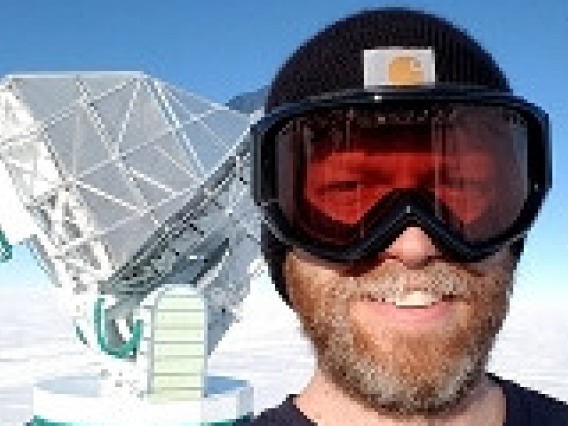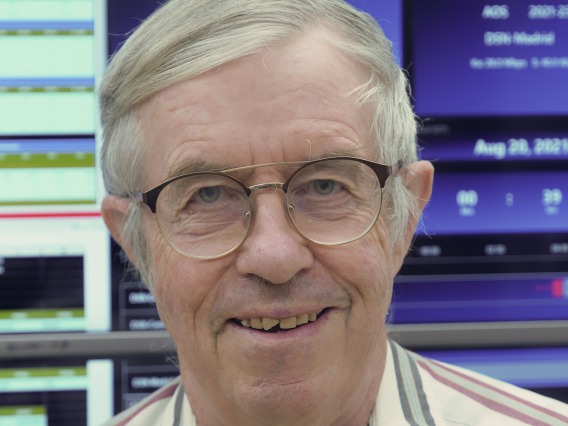The field of extragalactic astronomy extends from the Milky Way's nearest neighbors to distant galaxies observed only a few hundred million years after the Big Bang. Investigating the growth of galaxies over time provides crucial information about some of the mysteries of modern Astronomy - the nature and shape of dark matter haloes, how super massive black holes affect their host galaxies, how these galaxies reionized the surrounding Universe, and how their high levels of star formation as they formed decreases as they age. Extragalactic astronomy is a broad term that encompasses a great many topics, including the study of the internal workings of galaxies and of the gas surrounding and between the galaxies.
The study of extragalactic astronomy is one of the most active areas of study at Steward observatory. The department combines a strong commitment to precision observation, with a commitment to large collaborative enterprises, new instrumentation, ground and space-based observing facilities, and precision computational simulations. We use the most powerful facilities available, including the James Webb Space Telescope (JWST), to push our understanding of the formation of the first galaxies back as close as possible to the Big Bang, provide unprecedented insights to the how their star formation rates vary over time, and understand active galactic nuclei. Such observations, combined with theoretical work based on computer simulations allows us to make progress in understanding how galaxies grow via accretion and merging.
A Galaxy discussion group meets on alternate Mondays at noon in N305 during the term.
A Galaxy discussion groups meets on alternate Mondays at noon in N305 during the term.


























